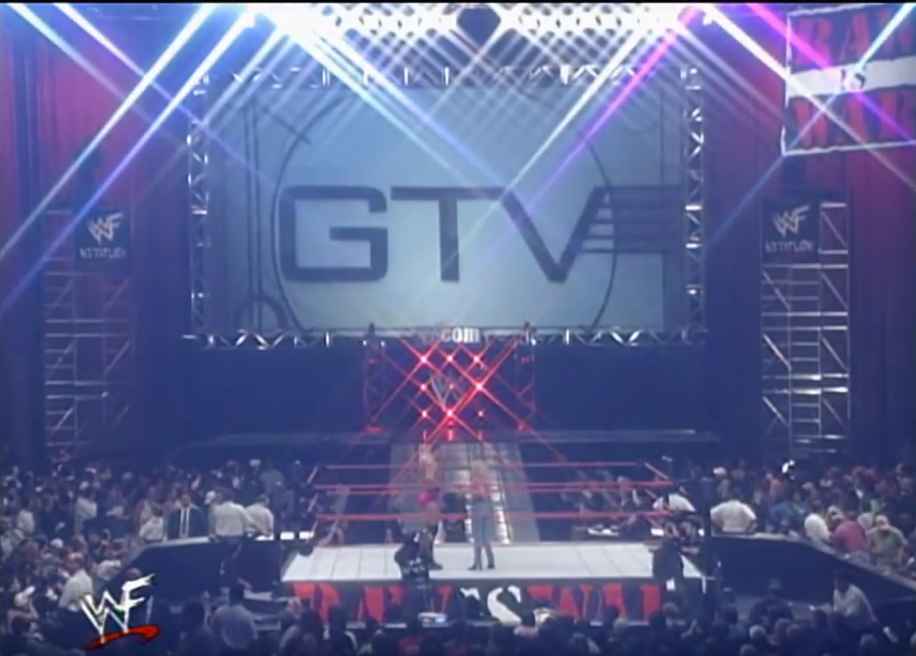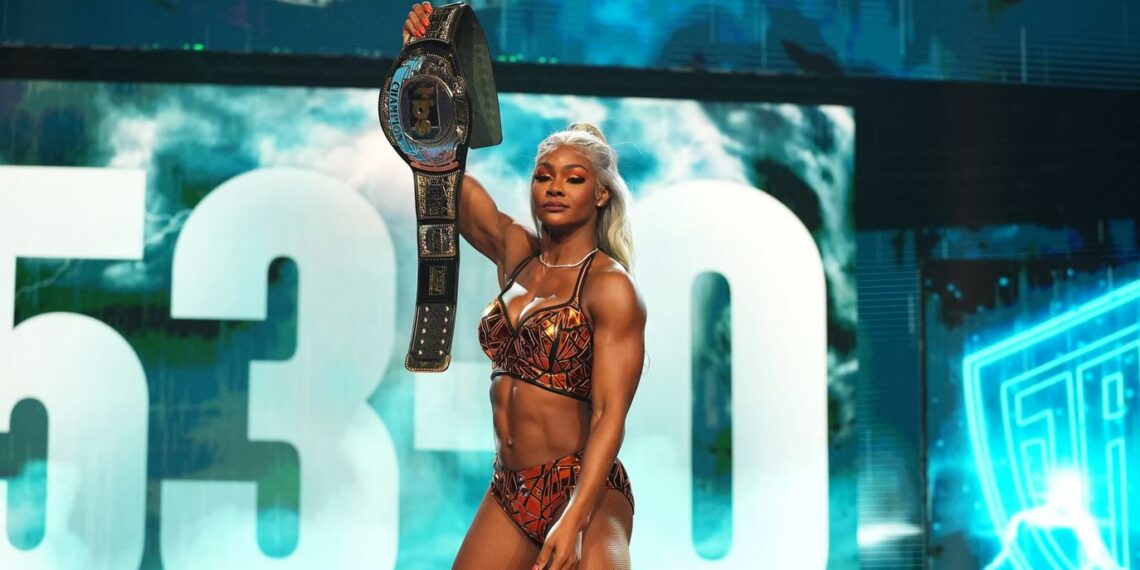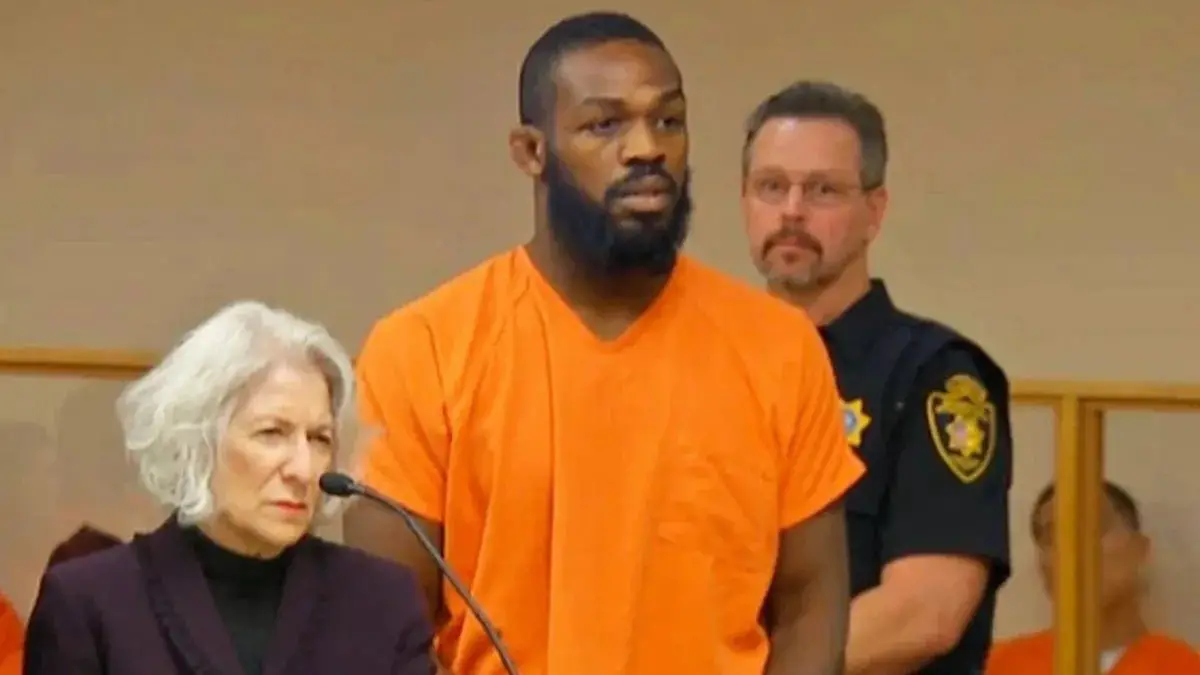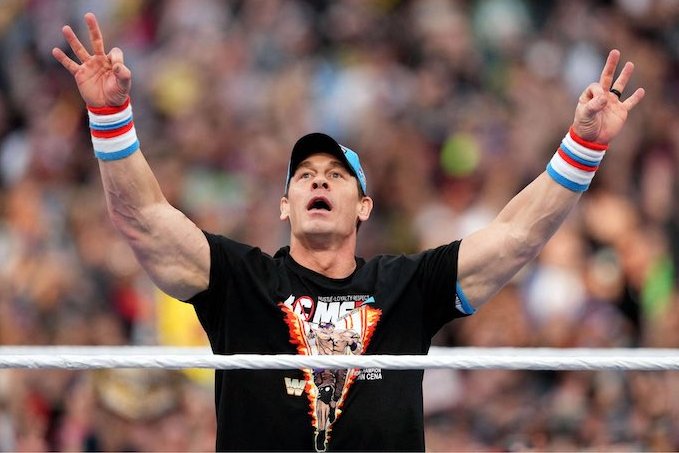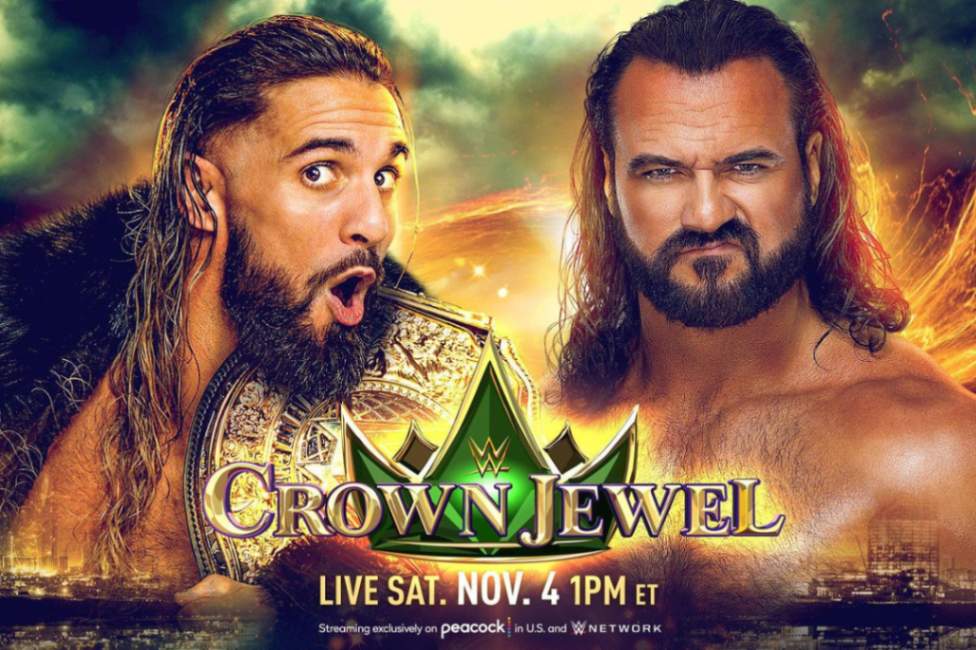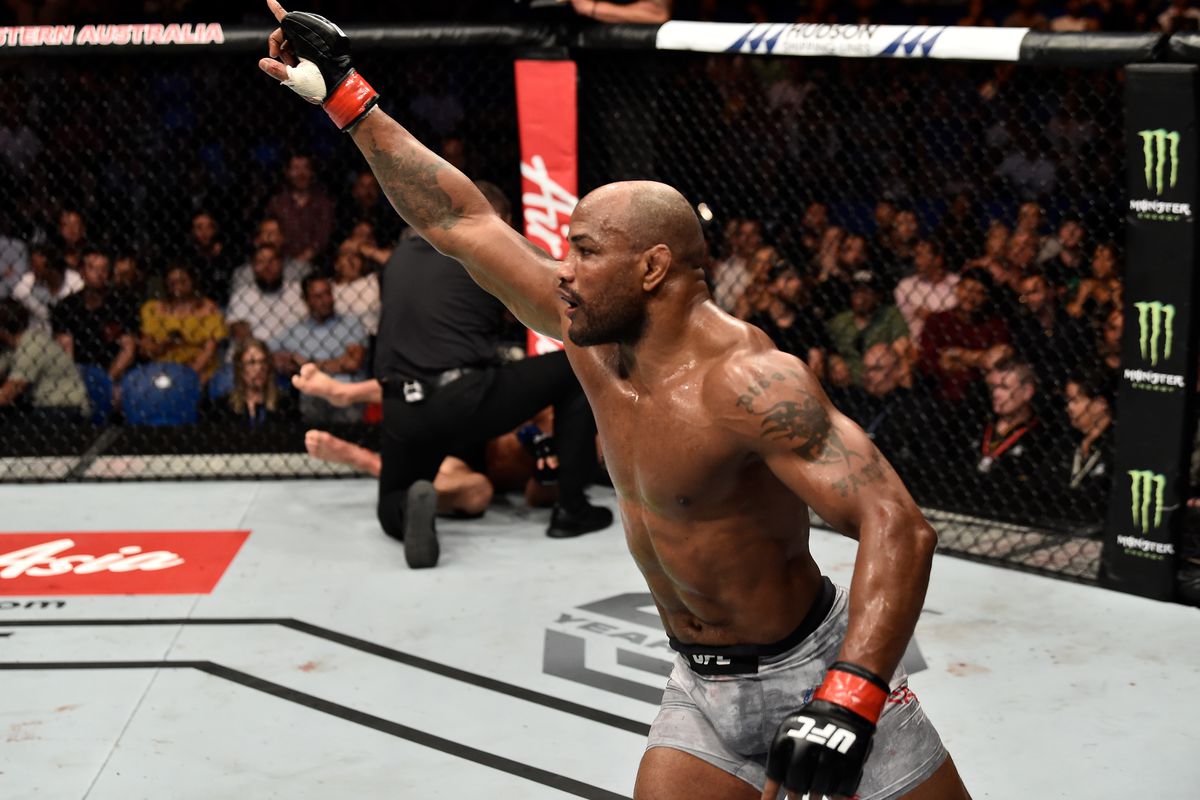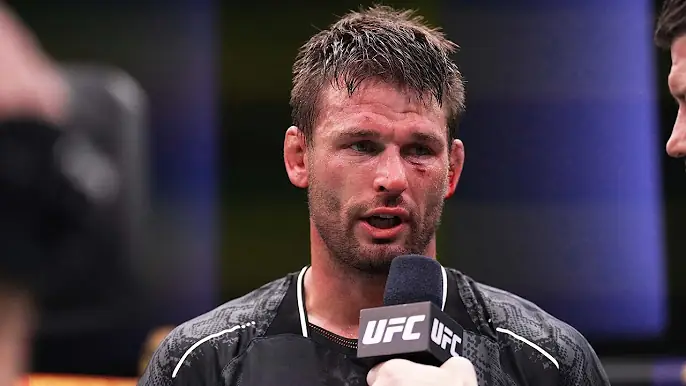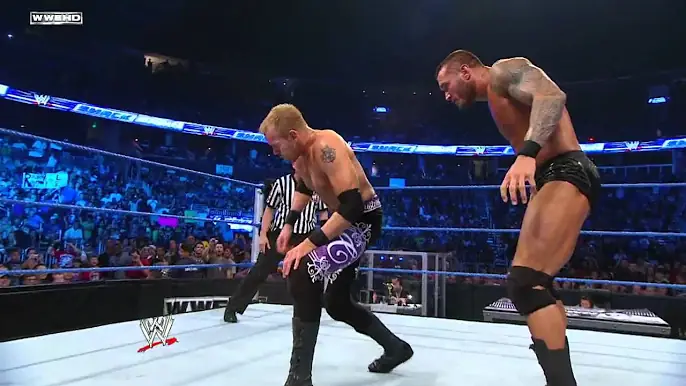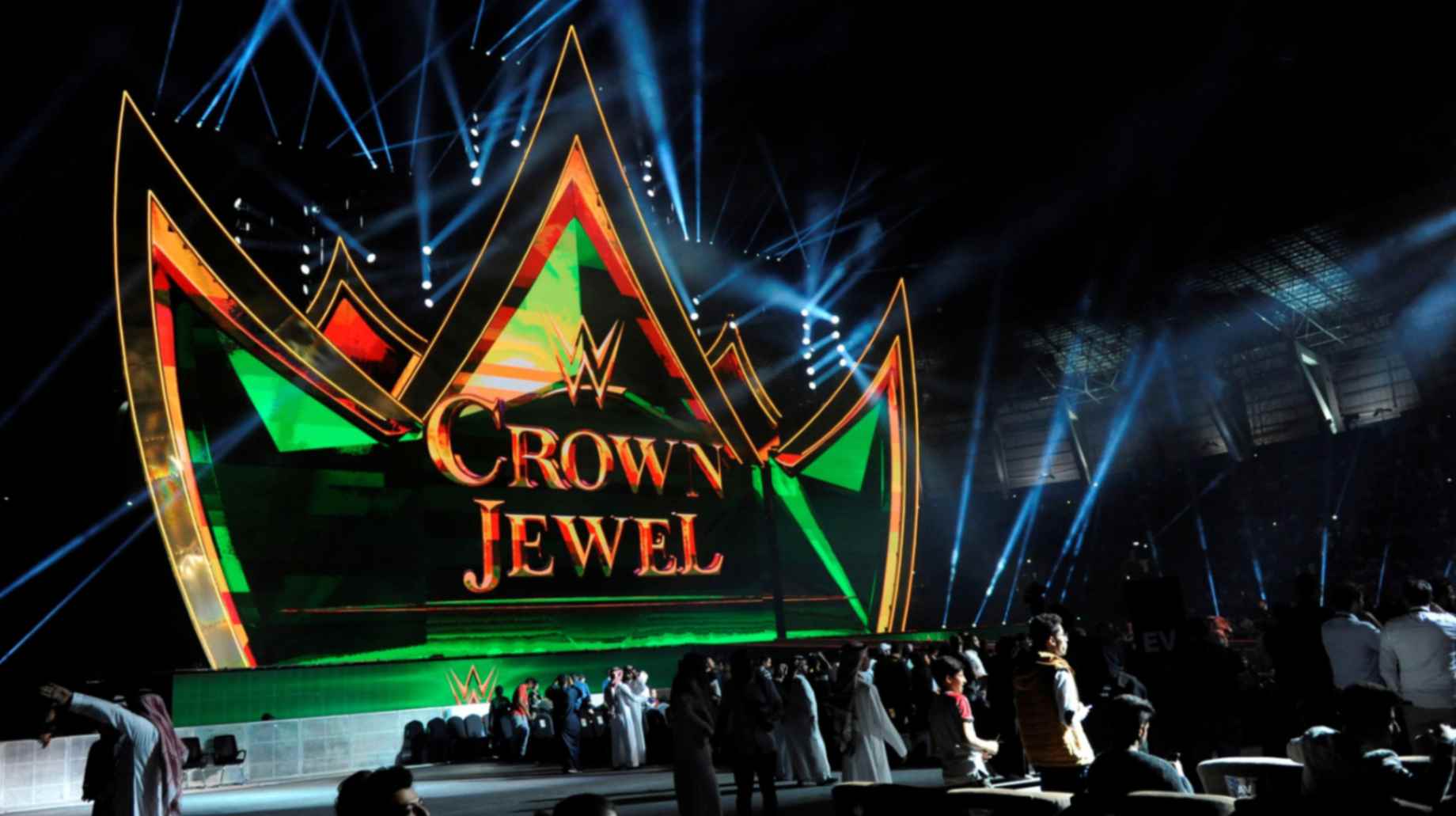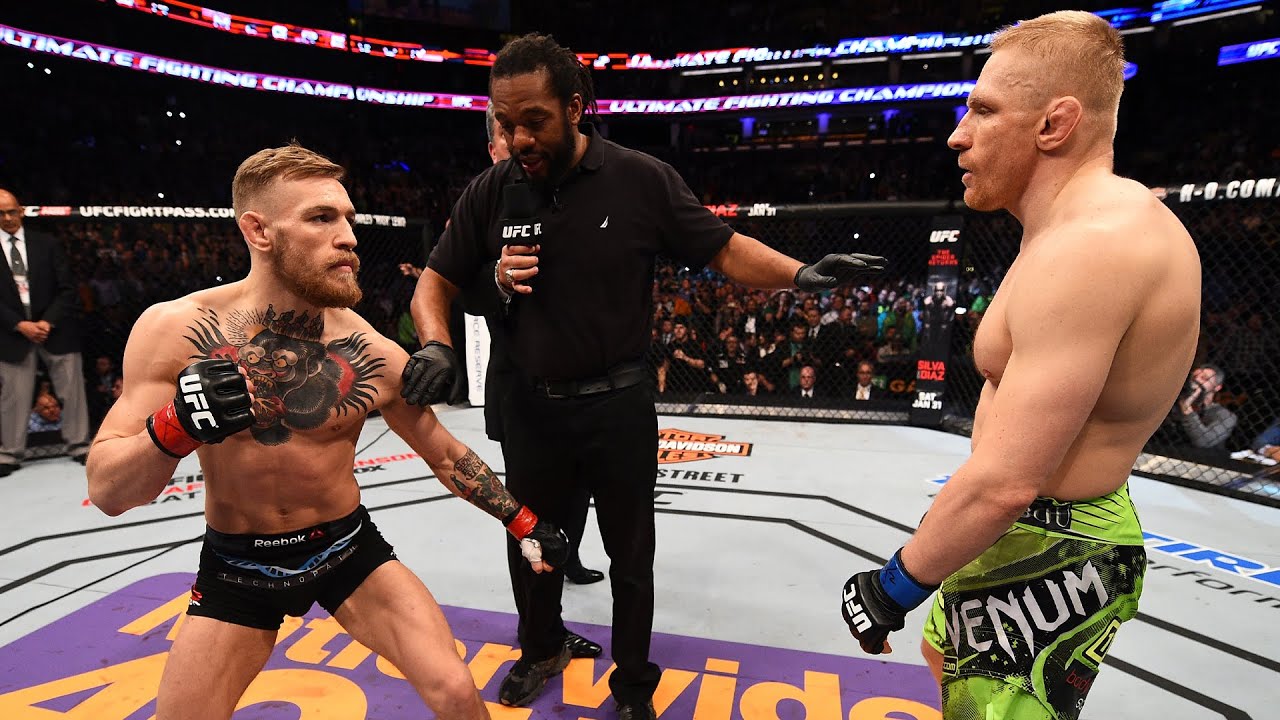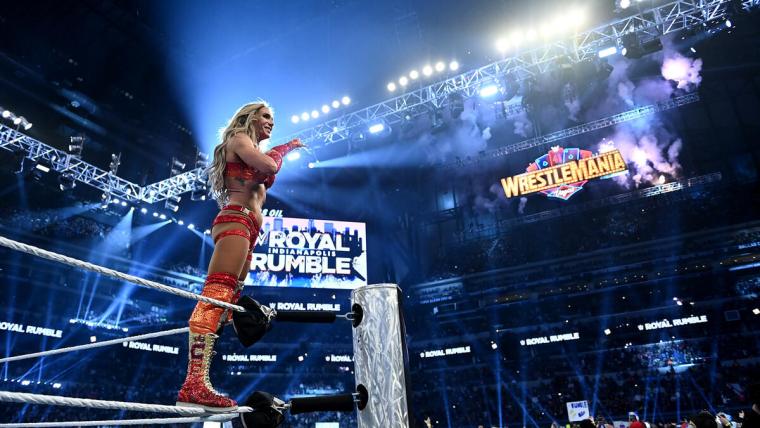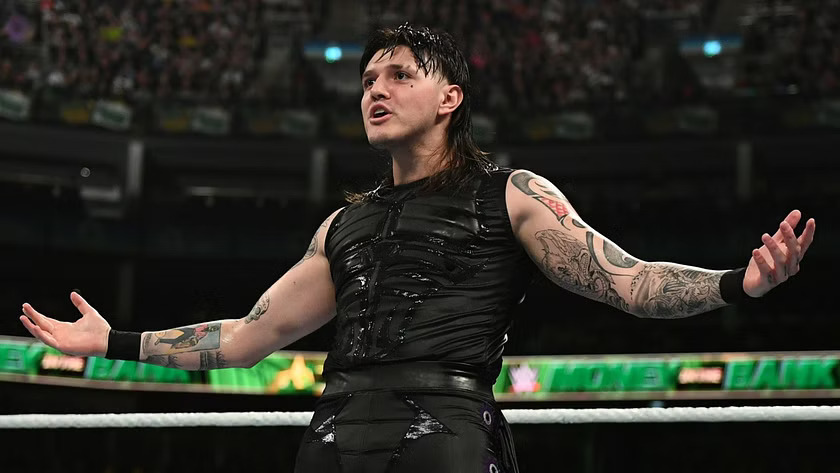The GTV Enigma: Wrestling’s Most Baffling Segments Of 1999
Few corners in the rich tapestry of professional wrestling have engendered such intrigue and rumor as GTV segments at the height of the Attitude Era in 1999. Those grainy, black-and-white vignettes, replete with voyeuristic glances at the lives of WWE talent, intrigued everyone with their intrigue and curiosity regarding their purpose and creator. What began life as a comedic tool, GTV soon developed into a confounding enigma that saw its purpose and creator questioned by its fan base.
The Origin of GTV
The GTV fad began in early 1999 when segments initially began popping up in WWF Monday Night Raw. Initially titled GDTV, segments later dropped the “D” and took off with a title of GTV. Straightforward and effective, the format consisted of hidden camera shots of wrestlers in compromising, embarrassing positions. Nose-picking courtesy of Al Snow and ogling himself in a long period in a mirror courtesy of Billy Gunn, these little segments showed a glimpse of the locker room hijinks of both WWE heroes and villains.
The brain trust at GTV
The direction for GTV was most often determined by Vince Russo, a creator with a background in experimenting with and sometimes divisive narrative techniques. In regards to wrestling, Russo’s style involved blending reality with scripted fiction, a hallmark of the Attitude Era. For GTV, for its part, Russo hoped to have a portion that appealed to its fan base with its humor, yet at the same time, continued to drive ongoing plotlines.
The reorientation of GTV: Comedies to Drama
The segments, however, grew darker over time. Taping in a style that kept ongoing storylines, segments such as Shane McMahon and the Mean Street Posse faking injuries and Eddie Guerrero in a compromising position with two of Godfather’s “hoes.” That transpired to make GTV a format for creating storylines, not a lighthearted humor format, and gave its narrative an added level of complexity.
The key segments and their impact
Al Snow’s Locker Room Antics: In one of its first segments, Al Snow portrayed himself in an offbeat manner, including speaking with his mannequin head, Head. Not only did it introduce Snow’s off-beat personality, but it also helped lay down a marker for future GTV segments in terms of what could and could not be included.
Val Venis’s Misadventures: Val Venis’s storyline consistently intertwined with GTV’s offscreen camera hijinks, including when he was in compromising situations with many women. Those segments helped contribute to his player character and added humor value.
Perhaps one of its most memorable segments, and one of its most memorable scandals, included Eddie Guerrero in a compromising position with two of Godfather’s groupies. Not only did it expose Eddie’s charisma, but it also displayed how GTV could utilize humor and character development at its best.
The Enigma Grows
Perhaps most fascinating about GTV, however, was its unsolved mystery: who and why, and who operated behind its camera? Everyone at first suspected that off-beat personality and spectacle-maker Goldust himself would become a ideal fall guy for GTV, but when he requested a WWF release in order to sign with WCW, that theory died an immediate death.
Fan Theory and Speculation
All through 1999, when GTV continued to pop up, its devotees experienced a series of increasingly dreamlike events. There were a variety of speculations about who could have possibly produced GTV:
Goldust: First considered a strong suspect with a background in mind games and a propensity for acting out,
Some of them even suspected that comedian Tom Green could have been involved, but in a manner suiting GTV’s absurdity, but Vince McMahon himself is not supposed to have liked him, having seen him work.
Headbanger Thrasher: Yet, one name that emerged during that period was Glenn Ruth (Thrasher), who at that point in time, was injured and out of commission. There were feelings that GTV could be a platform for him to make a return to prominence in WWE, but that, too, failed to gain any real traction.
The disappearance of GTV
Segments for GTV grew less and less common in 1999. Vignettes, at one stage a feature of the show, grew less and less common and then simply ceased in early 2000 with no conclusion to the overall intrigue surrounding them. Fans became frustrated and wanting to know who produced such clandestine camera shenanigans and why ever stopped in such a way.
The Transition to Other Storylines
Meanwhile, with WWE transitioning towards new characters and storylines in 2000, GTV became less important. It transitioned towards conventional wrestling storylines, abandoning its voyuristic humor, a feature of its early segments.
In 2000, GTV reappeared for a one-time with a simple episode featuring Terri Runnels and The Kat chatting, but its return, yet again, was short-term, and its beginning and motivation continued to leave its fan base in limbo.
Herzberg’s work and
The background of GTV is one with unproved hypotheses and unanswered questions. It has, over a period of years, ranked amongst the most intriguing unsolved cases in wrestling history. Despite its lack of resolution, GTV is a lasting part of wrestling heritage.
Cultural Impact on Wrestling Fandom
GTV captured the madcap creativity of Vince Russo’s scriptwriting in an era marked with sensationalism and unpredictability. Viewers remember even today, with nostalgic fondness, grainy clips not only providing entertainment but a community in speculating together about what was in store for them.
Moreover, GTV prepared the stage for future segments in professional wrestling with hidden cameras and similar techniques. One can witness its presence in numerous forms in years’ worth of television programs for wrestling.
Comparisons with Other Wrestling Segments
Comparisons
To comprehend and value individuality in GTV, one must contrast it with important segments in both WWE and competing companies during that era:
The “Montreal Screwjob” As a counterpoint to GTV’s humor, in life, controversy and betrayal surrounded Bret Hart’s 1997 departure from WWE, an occasion that profoundly impacted narrative in wrestling.
WCW’s “NWO Invasion” plot took its cues from depicting real-life tension in its plots but did not have a comedic theme present in GTV.
WWE “Kiss My Ass Club”: In that one, Vince McMahon made wrestlers kiss his posterior in a gesture of humility, a contrast to most GTV segments’ levity.
Conclusion: An Unsolved Puzzle
In hindsight, GTV is a tribute to the fact that wrestling can combine humor and drama and at the same time involve its followers in rumor and conversation. Perhaps its creator will forever be a mystery, and its resolution will never be determined, but it is a reminder of a period when its narrative was at its most unpredictable.
Recalling these enigmatic segments in 1999, one can recall that sometimes resolution isn’t even an issue, but about the questions one raises. GTV’s legacy continues to intrigue new and loyal followers alike—a real enigma in the universe of professional wrestling that will most likely stand for many years to follow.
The future of television and its impact
And with professional wrestling entering new ages such as PG and post-PG, that experimental edge represented in segments such as GTV continues to resonate even in modern times. Where current-day storytelling can have a new theme and character in contrast to the over-the-top, in-your-face approaches of the Attitude Era, such as humor and intrigue, they can have a part in current-day stories.
In conclusion, even if we will most likely never have all of GTV’s secrets and understand its value in one of the most defining eras in wrestling, it most surely holds a valued position in minds of fans—a reminder that sometimes that not explicitly mentioned can become almost as strong as whatever actually happens in television.
